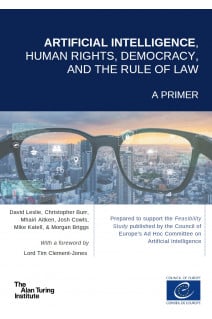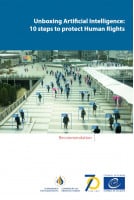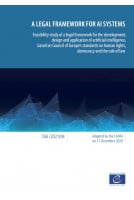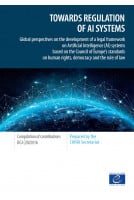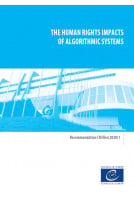01 INTRODUCTION02 HOW DO AI SYSTEMS WORK?
Technical Concepts
Types of Machine Learning
Stages of the AI Lifecycle
03 HUMAN RIGHTS, DEMOCRACY, AND THE RULE OF LAW
Interdependence of Human Rights, Democracy, and the Rule of Law
04 OPPORTUNITIES AND RISKS OF AI/ML AND THEIR IMPACTS ON HUMAN RIGHTS, DEMOCRACY, AND THE RULE OF LAW05 PRINCIPLES AND PRIORITIES FOR A LEGAL FRAMEWORK
Connecting Principles, Rights, and Obligations
Additional Considerations
06 LANDSCAPE OF LEGAL INSTRUMENTS
International Legal Frameworks
Current Soft Law Approaches
National Legal Instruments
The Role of Private Actors
Current Limitations
Future Needs and Opportunities
Options for a Legal Framework
07 PRACTICAL MECHANISMS TO SUPPORT LEGAL FRAMEWORK
The Role of Compliance Mechanisms
The Role of Different Actors
Examples of Types of Compliance Mechanisms
Follow-up Mechanisms
08 CONCLUSION09 APPENDICES
Glossary
Council of Europe's and Related Work in the Field of AI and Adjacent Areas to Date
